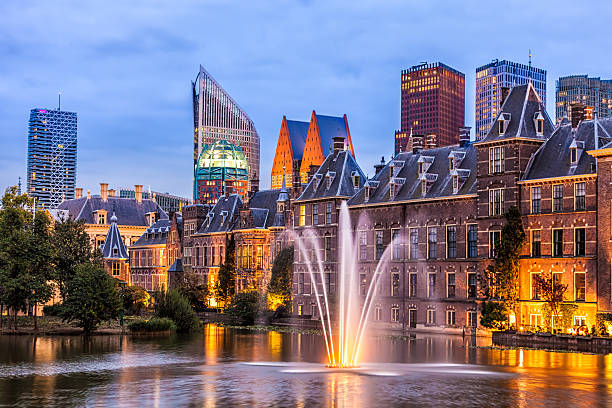Introduction
The tongue and finger of the De Witt brothers, a dollhouse from 1910, and Jan van Goyen’s nearly five-meter-wide A View of The Hague from 1651 are a few of the best pieces. Do not be shocked. Located in a historically significant area near the Hofvijver pond, the Haags Historisch Museum chronicles the history of the city. The Sint Sebastiaans Guild shooters used to gather here. The Schutterszaal displays a number of group portraits of these gunmen, including one of painter Jan van Ravesteyn. Have a look at The Hague’s digital grow card to learn how the 1,200-person village of “Die Haghe” developed into a sizable metropolis with over 500,000 residents.
Decisions With Major Consequences
At one point, decisions made in The Hague affected millions of people living in far-off places, including Indonesia, Surinam, and the Caribbean regions of the Kingdom. For over three centuries, the primary motivation guiding these domains was profit maximization. Slavery, violence, disenfranchisement, persecution of the native population, and the repression of all forms of resistance were all part of this policy.
Colonial History Of The Hague
There is a fresh perspective on well-known historical figures like Tula, the leader of the 1795 slave uprising in Curaçao, and Johannes van den Bosch, the man who brought the Cultivation System to Indonesia. Less well-known individuals are also receiving attention. One such example is the enslaved Virginie van Gameren, who chose her name and was freed from the Department for Colonies following a protracted legal battle. Or Pangeran Adipati Soejono, the lone minister in a Dutch cabinet who is of Indonesian heritage. He ran on a platform of greater self-governance. These historical figures all acknowledge the effects of the colonial system.
Peace Palace

The Peace Palace, located in The Hague, chronicles the evolution of peace throughout Europe. Several European intellectuals fostered a peace movement in the nineteenth century, which culminated in the First World Peace Conference in The Hague in 1899, prior to the palace’s opening in 1913. Beginning in 1913, the Peace Palace served as a venue for international peace conferences with the goals of controlling the arms race and arbitrating disputes between nations.
This work is still being done today because the Peace Palace, which represents the ideals of justice and peace, houses numerous judicial institutions, including the Permanent Court of Arbitration, the International Court of Justice, and the Hague Academy of International Law. One term for it is the “seat of international law.”
From Great Masters To Miniature Art
You can discover artifacts pertaining to The Hague’s past at the Hague Historical Museum. Pieces created by outstanding masters. Thinking back to the city’s Oranges. A trip to the Golden Age as well. However, you can also view the smaller pieces at The Hague’s Historical Museum. Envision the tiny world and indulge in fantasies about the dollhouses. Get a sense of our collection and get ready to embark on a historical tour of The Hague.
Museum For The Whole Family
Both young and old can learn from The Hague’s history. We use historical interpretation to captivate and motivate your kids as well. For kids, we have a variety of interactive games, activities, and treasure hunts. Thus, the Hague Historical Museum will provide hours of entertainment for the entire family.
Conclusion
Historical significance permeates every avenue, structure, and exhibit in The Hague. This place blends colonialism and resistance stories with the Peace Palace’s beauty. From grand masterpieces to personal miniature art, the Hague Historical Museum offers a vivid journey through time. This attraction entertains and educates all ages with fun activities for kids and interesting history for adults. The Hague is more than a trip—it is an immersive experience into the stories that shaped our world.

